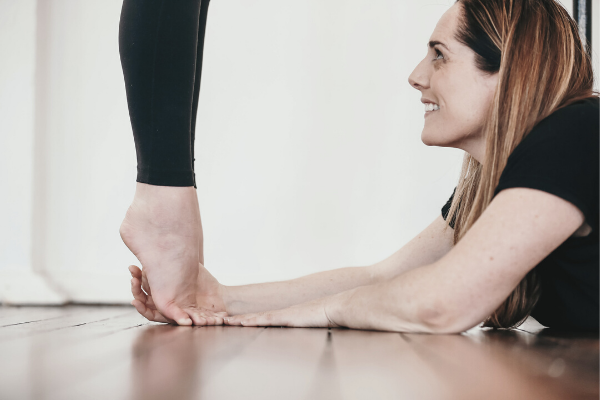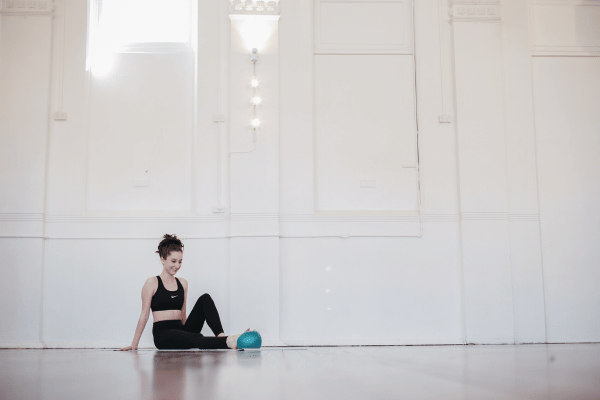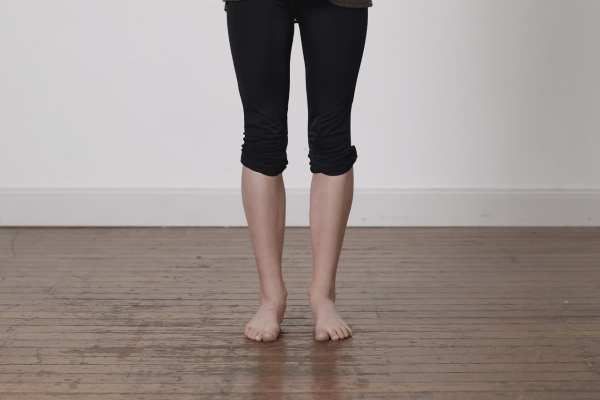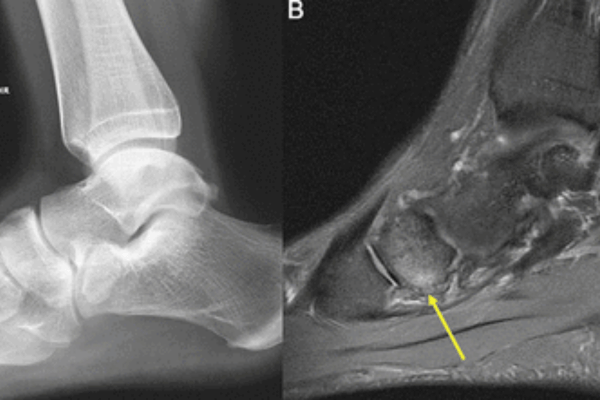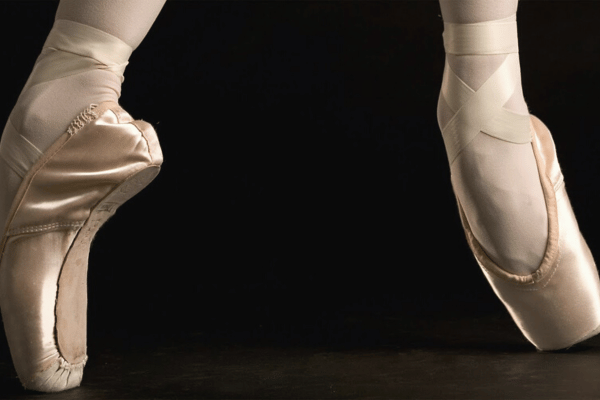- Free Articles
- Shop
- Workshops
- The Dance Educator Series
- Upcoming Workshops
- Workshop FAQ’s
- Host Application Form
- Student Workshop Application Form
- Dance Teacher & Health Professional Directory
- Workshop Testimonials
- Members Areas
- Cart
- My Account
ダンサーの足にはなぜ 水ぶくれができるのか?(Why Do Dancers Get Blisters On Their Toes?)
ダンサーの足に水ぶくれができる理由は様々です。そして、水ぶくれは防ぐこともできるのです!
1. 足に水ぶくれができる一番多い原因として、シューズの中で指を”丸めている”場合です。私には足を見ただけで、シューズの中で指を丸めて使っているかが一目瞭然です。頻繁にダンサーの足にみられる水ぶくれを避ける為にも、トウシューズを履き始める前に正しい指の伸ばし方を習得していることが必要です。シューズの中できちんと”長く”指を伸ばしていれば水ぶくれができることも少ないし、そのおかげで無駄な痛みが少ないです。
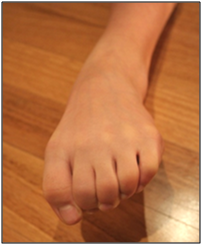
指を丸めた状態
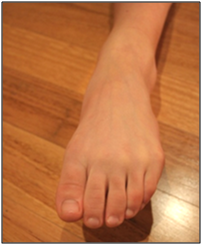
指を長く伸ばした状態
2. 第二の理由としてはトウシューズが足に合っていない場合です。シューズのボックスが大きすぎてトウで立った時に毎回擦れているようでは、水ぶくれができるでしょう(特に親指か小指側)。”ザ・バレエ・ブログ”に掲載されている、正しいトウシューズの選び方のビデオをご覧になって下さい。
3. トウシューズの中で沢山汗をかいている場合、その湿気が肌の摩擦を産み、水ぶくれの原因となります。いつでも清潔で乾いたトウ・パッドを使用して、クラス終了後も足を洗って乾燥した状態にして下さい。毎回のクラスの間にもきちんとトウシューズと乾燥させることでトウシューズが長持ちするのです。
4. ”いつも必ず”自分のトウシューズを履きましょう。絶対に友人から足の形のついたトウシューズを借りることのないようにして下さい。そして、絶対に自分のトウシューズも貸すようなことがないようにしましょう!
Pointe Resources
If you are looking to delve deeper into this topic, check out the following programs:
- The Perfect Pointe Book: This course was originally designed to help students and dance teachers safely prepare for pointe work. The four stages of tests and exercises within the book are ideal for pre-pointe preparation classes, students close to achieving pointe shoes and students already en pointe looking for extra strength and technique training.
- Pointe Range: This online program comprises of 41 clear and concise videos, totalling just under 2 hours play time, this course begins with a series of assessments to establish exactly what structures are restricting your pointe range. It then explores a diverse array of massage techniques, joint mobility exercises and fascial mobilisers to safely improve your pointe range. This is followed by an in depth look at retraining all of the muscles that stabilise the foot and ankle to allow you to actually use your new found pointe range in class.
- Pointe Intensive: This online virtual workshop is designed for both Dance Teachers & Health Professionals working with dancers. This three day Intensive will give you the most up-to-date advice in the industry to help you understand your students’ needs, analyze their differences, and them you the tools to help your students become the best dancer they can be.



